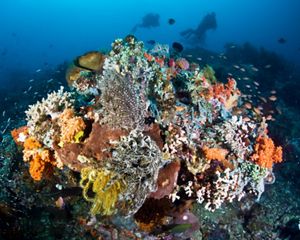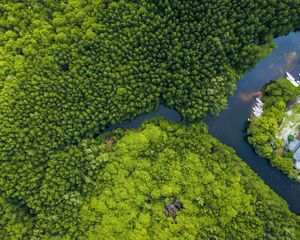Counting the Value of the Sea: How Tourism Can Be Good for Coral Reefs and More
Mapping the ocean’s benefits to enable smarter decisions for its future
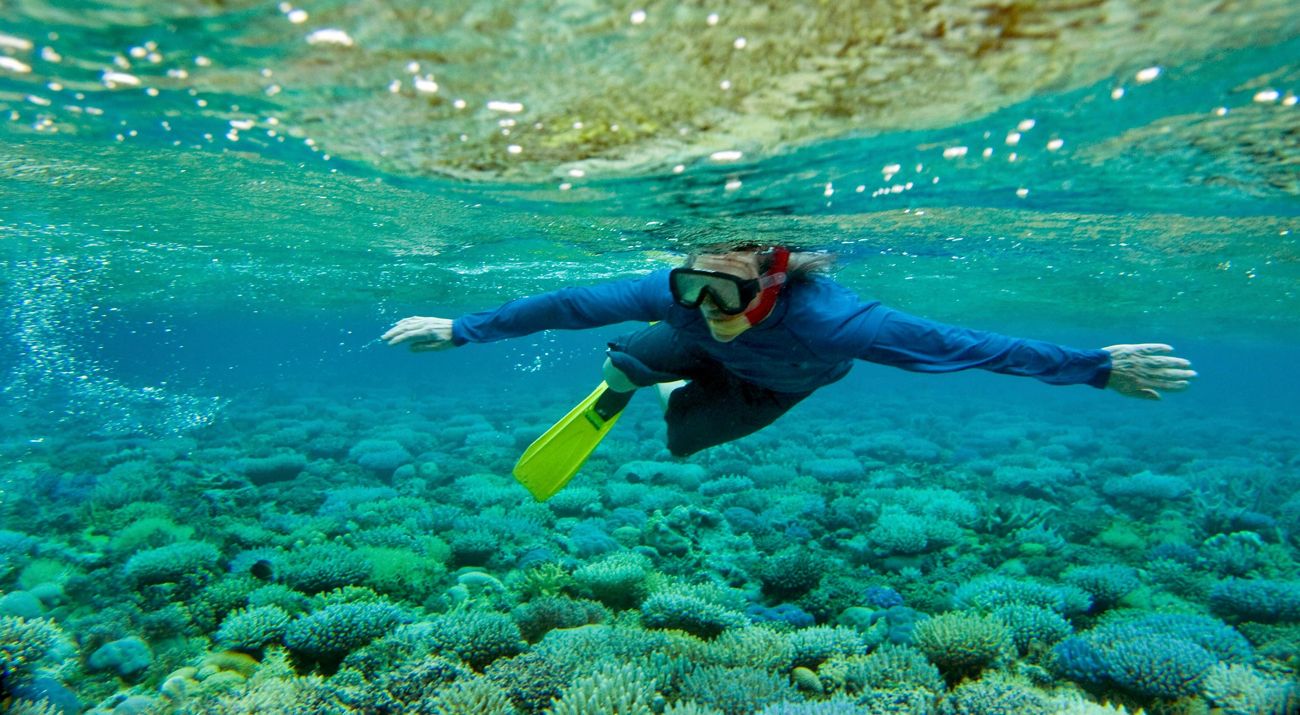
The ocean connects us all, and its diverse ecosystems help protect our climate while providing food and income to millions. Reefs reduce the impact of storms on coastal communities while supporting income-generating fisheries. Snorkeling and diving contribute billions to the global economy. Seagrass meadows serve as important breeding grounds for fish, as well as being highly effective carbon sinks contributing to “blue carbon” storage.
By better understanding the ocean’s immense value, we can make better choices about its protection. Without a true picture of the value of this ocean wealth, across all its intersections and interconnections, it is challenging to make ocean-use decisions that benefit both communities and ecosystems.
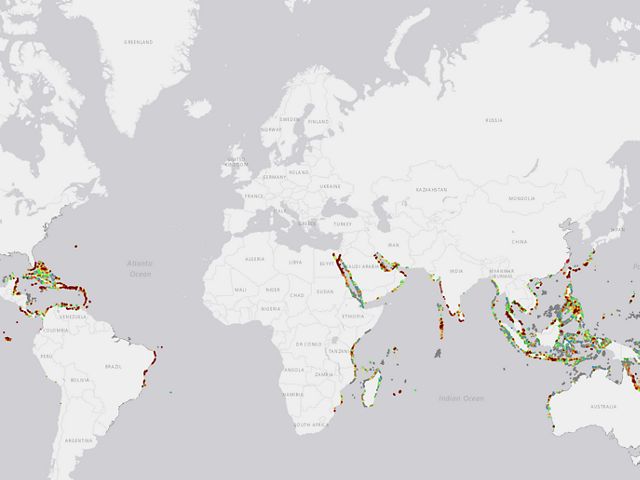
Explore the Tool
A decade ago, The Nature Conservancy began a process to look at the value of nature in the oceans, called Mapping Ocean Wealth. In a surge of research projects around the world, new maps and models were developed, documenting values from coral reef tourism to storing carbon in mangrove forest soils. Now, a newly released version of the Mapping Ocean Wealth tool enables easier and expanded access to this innovation, enabling users to calculate and map the ocean’s present benefits and empower smarter decisions for its future.
Mapping Ocean Wealth allows scientists and planners to connect ecological functions like carbon storage, wave attenuation and fish production with quantifiable metrics and maps and make environmental arguments compelling and relevant to economic and policy discussions and conservation planning. By equipping stakeholders with clear scientific information and evidence-based tools, they are empowered to make informed ocean-use decisions at local, national and international levels.
Here are just a few ways Mapping Ocean Wealth is driving meaningful change for both nature and people:
Australia’s oceans contribute a staggering $100 billion to their economy annually and benefit 80% of the population through recreation and environmental protections. Scientists knew that the degradation of Australia’s shellfish reefs threatened this marine biodiversity and productivity but faced a critical knowledge gap, lacking reliable data to guide restoration efforts and maximize ecological and economic returns.
Mapping Ocean Wealth generated detailed habitat data, interactive maps and predictive modeling, allowing conservationists to identify priority restoration sites. This data informed targeted interventions, such as optimal reef placement, which led to significant improvements in water quality and fish production.
Florida’s coasts have a rich tapestry of ecosystems that support fisheries, tourism and recreation, boosting the economy by as much as $28 billion annually. Florida’s extensive mangroves and seagrasses have the added benefit of storing massive quantities of carbon, reducing the impacts of climate change, and its coral reefs provide a first line of defense against storms by breaking waves offshore.
Mapping Ocean Wealth provided the Florida Keys National Marine Sanctuary planning process with high-resolution data on the tourism, fishing, carbon storage and coastal protection benefits of mangroves and coral reefs, to better balance biodiversity conservation with sustainable commercial and recreational use. It is also being used to inform planning for large-scale coral reef restoration in Southeast Florida, to support a future where fisheries, coastal protection and recreation coexist.
Quote: Caitlin Lustic
By combining long-term ecological data sets and the types of economic data available from Mapping Ocean Wealth, we can ensure that restoration occurs in places that support both long-term recovery of the reef and of the ecosystem services that humans rely on.
Throughout the Caribbean, conservationists and decision-makers face a critical challenge: in a region where reef-associated tourism makes up more than $7.9 billion annually from more than 11 million visitors, how can they identify and prioritize coral reef sites that offer the highest ecological and economic benefits while aligning with global conservation commitments.
Mapping Ocean Wealth global reef tourism data was integrated into the latest “Nature’s Contribution to People” model, providing spatially explicit insights into reef-associated tourism values and ecosystem services. As a result, policymakers now have a data-driven framework to strengthen biodiversity conservation and promote sustainable economic development across the region, particularly related to coastal protection, fisheries and nature-based tourism.
Quote: Dr. Steve Schill
By modeling benefits to people & understanding key ecological factors, such as coral reef connectivity, the tool provided valuable insights toward National Biodiversity Strategies & Action Plans (NBSAPs) and marine spatial planning initiatives, in key locations like Barbados & other island nations.
The Federated States of Micronesia, covering 6.7 million square kilometers of Pacific Ocean, is home to some of the richest marine ecosystems on Earth, and home to 4% of the world’s coral reefs. More than 650,000 people live in this region, with their livelihoods and economies highly dependent on thriving and functional reef systems.
Decision-makers encountered significant obstacles: how to effectively designate Marine Protected Areas (MPAs) to balance conservation goals with local fishing needs. To fill this need, Mapping Ocean Wealth provided detailed data and insights to inform marine spatial planning processes that will support both biodiversity and local livelihoods into the future.
Quote: Liz Terk
By analyzing factors such as parrotfish size, human population density and distance to ports, these maps revealed where reefs were most vulnerable to overfishing and where protection efforts could yield the highest ecological and economic benefit.
These powerful examples showcase how TNC’s expansive Mapping Ocean Wealth data is driving global impact. These strategies are safeguarding fragile coral reefs, restoring fish populations in depleted waters, filtering billions of gallons of water and capturing vast amounts of carbon—all while fueling sustainable economic growth through ecotourism.
Resources
-
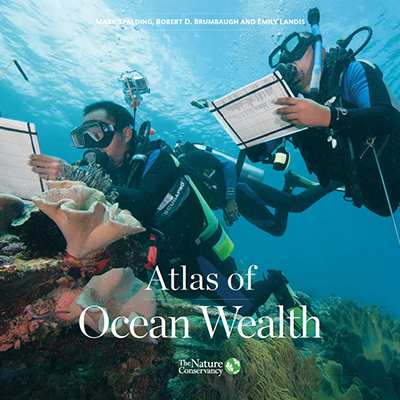
Atlas of Ocean Wealth
This Atlas represents the largest collection to date of the economic, social and cultural values of coastal and marine habitats globally. View Atlas
-
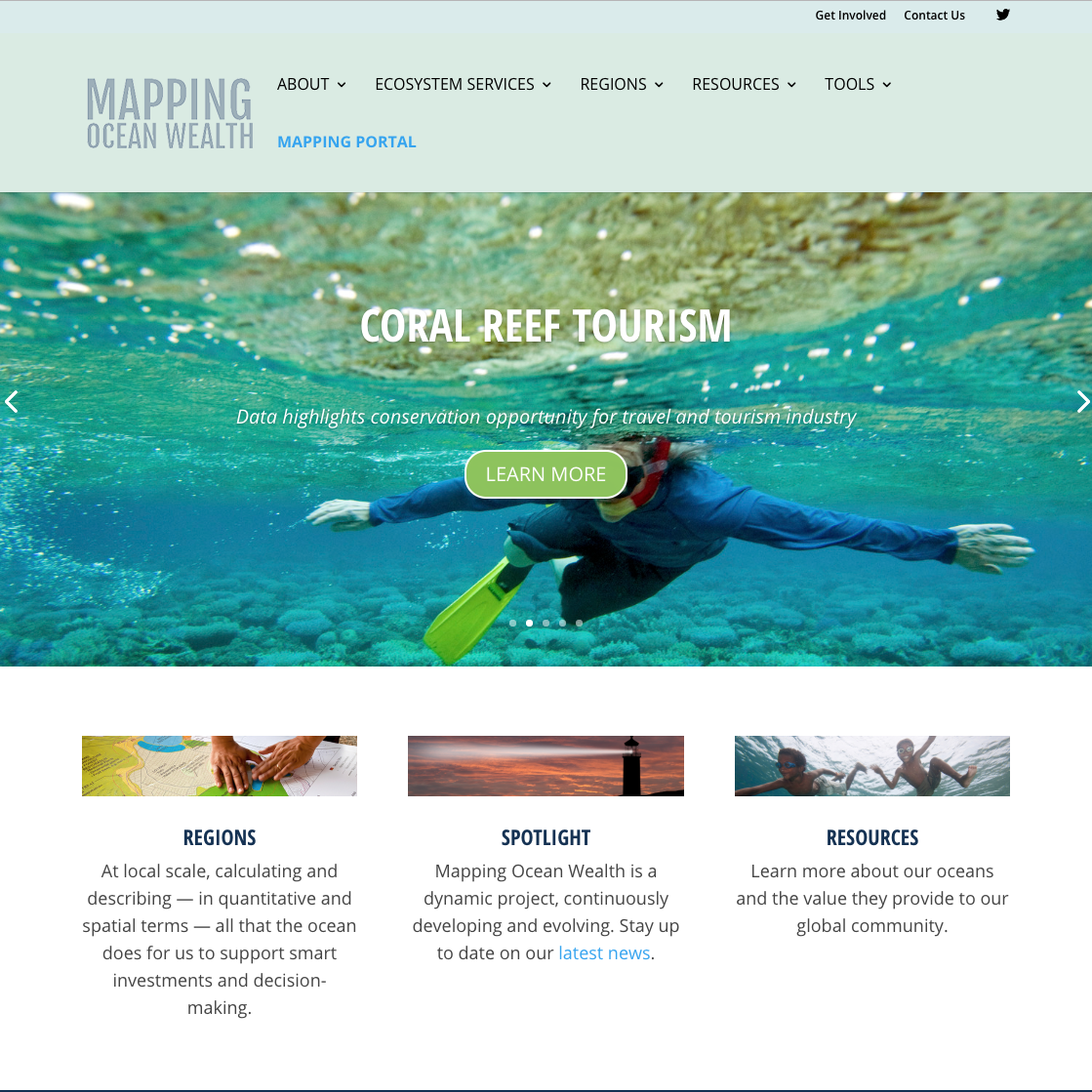
Mapping Ocean Wealth
Understanding in quantitative terms all that the ocean does for us today, so that we make smarter investments and decisions for the ocean of tomorrow. Visit Site
-
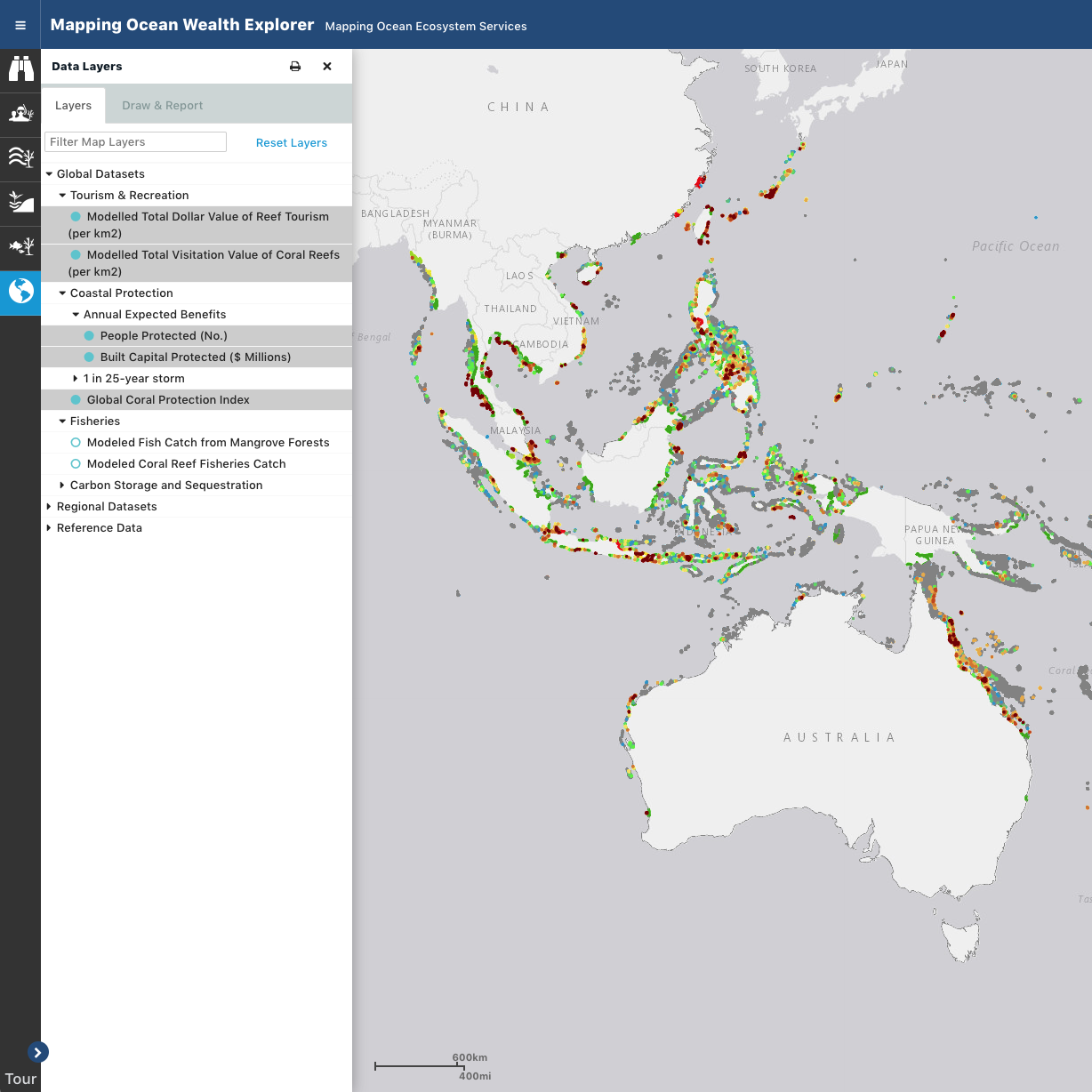
Recreation and Tourism Data Portal
Dig in to visualize and simplify global, regional and local ecosystem benefits for use in natural resource planning and policy decisions. Explore the Data
Global Insights
Check out our latest thinking and real-world solutions to some of the most complex challenges facing people and the planet today.

